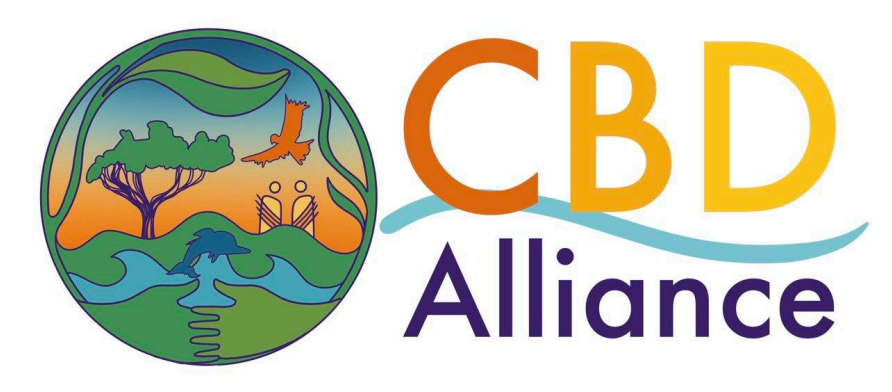Mirna Ines Fernandez (Third World Network) and Heitor Dellasta (Global Youth Biodiversity Network)
Target 19 of the KMGBF calls for the increase of financial resources from all levels, among others, through labelled “innovative” financial schemes, such as payment for ecosystem services, green bonds, biodiversity offsets and credits, with environmental and social safeguards. However, evidence shows that a decade of experience with these mechanisms has failed to meet the scale and pace requirements of biodiversity finance. In many cases, these schemes resulted in negative impacts on ecosystems and their stewards, especially Indigenous Peoples and local communities, including the displacement of these groups and the violation of customary rights, without effectively reaching the communities on the ground.
The labelled innovative financial schemes are proving to be reliant on and a shortcut for carbon and biodiversity credits and offsets. This is because many of these schemes only meet demand when they can be used to compensate for or replace emissions or biodiversity destruction. When used for crediting and offsetting schemes, these mechanisms allow further ecosystem destruction and delay urgent action to halt biodiversity loss. Moreover, these market-based approaches usually render minimal or no benefits to communities on the ground because the biggest portion of the economic benefits goes to intermediaries. This has been the case with the so-called “carbon cowboys” from the carbon markets, who many times received money from carbon sequestering activities in lands that were not even theirs.
In essence, labelled innovative financial schemes divert attention and efforts toward the implementation of more effective and fairer biodiversity finance. Therefore, if we truly want to promote transformative change to biodiversity finance, we must work together to strengthen impact assessments and ensure direct funding mechanisms.
Further development and implementation of labelled innovative financial schemes should not happen without a comprehensive assessment of their impacts on the rights of Indigenous Peoples and local communities and ecological integrity. Only after having these impacts appropriately understood, financial decisions should prioritize mechanisms that have proved to bring more benefits for the communities on the ground without compromising human rights or ecosystem integrity. This was a specific proposal from civil society that is still missing attention from the CBD Parties.
While these mechanisms receive increasing attention, grant-based direct funding mechanisms, which have proved to bring more tangible and long-term benefits for the ecosystems and their stewards, are still limited. Funding mechanisms remain largely inaccessible, with complex selection criteria and requirements that are very difficult to meet by Indigenous, local communities, women, and youth organizations. Direct access means that funding designated for biodiversity stewards should be granted directly to their organizations or their chosen and self-determined representative institutions, ensuring they have full autonomy over resource allocation.
The so-needed transformation of biodiversity finance to ensure it reaches the biodiversity stewards will not be possible without the elimination of unnecessary intermediates and bureaucratic barriers. Direct access for finance to Indigenous Peoples, local communities, women, and youth is the proven, best, and most cost-effective way to fund the conservation and sustainable use of biodiversity.
